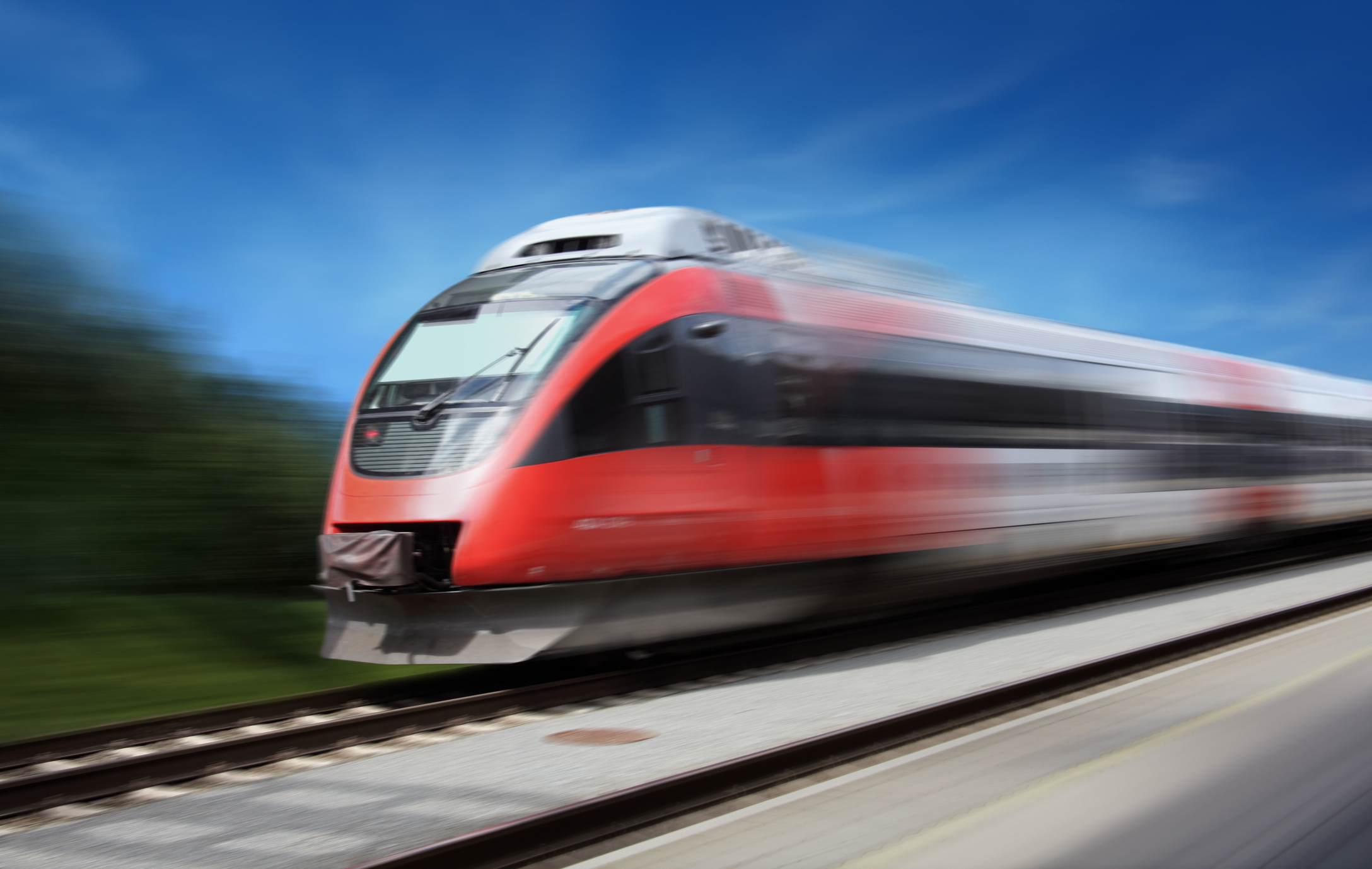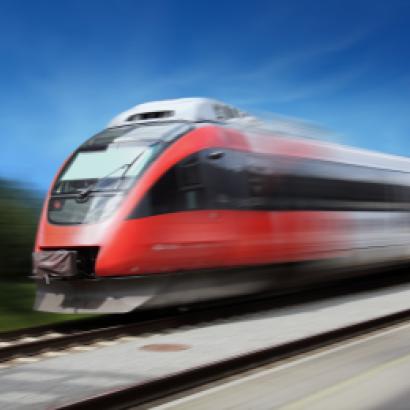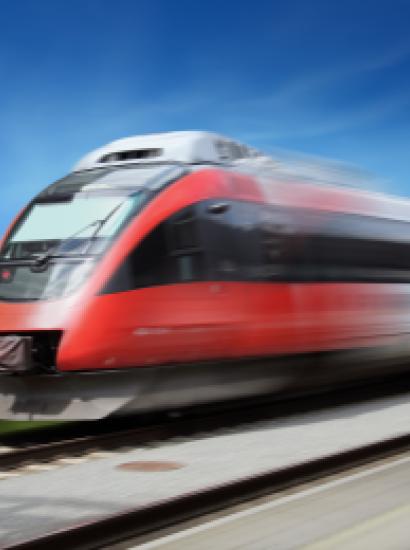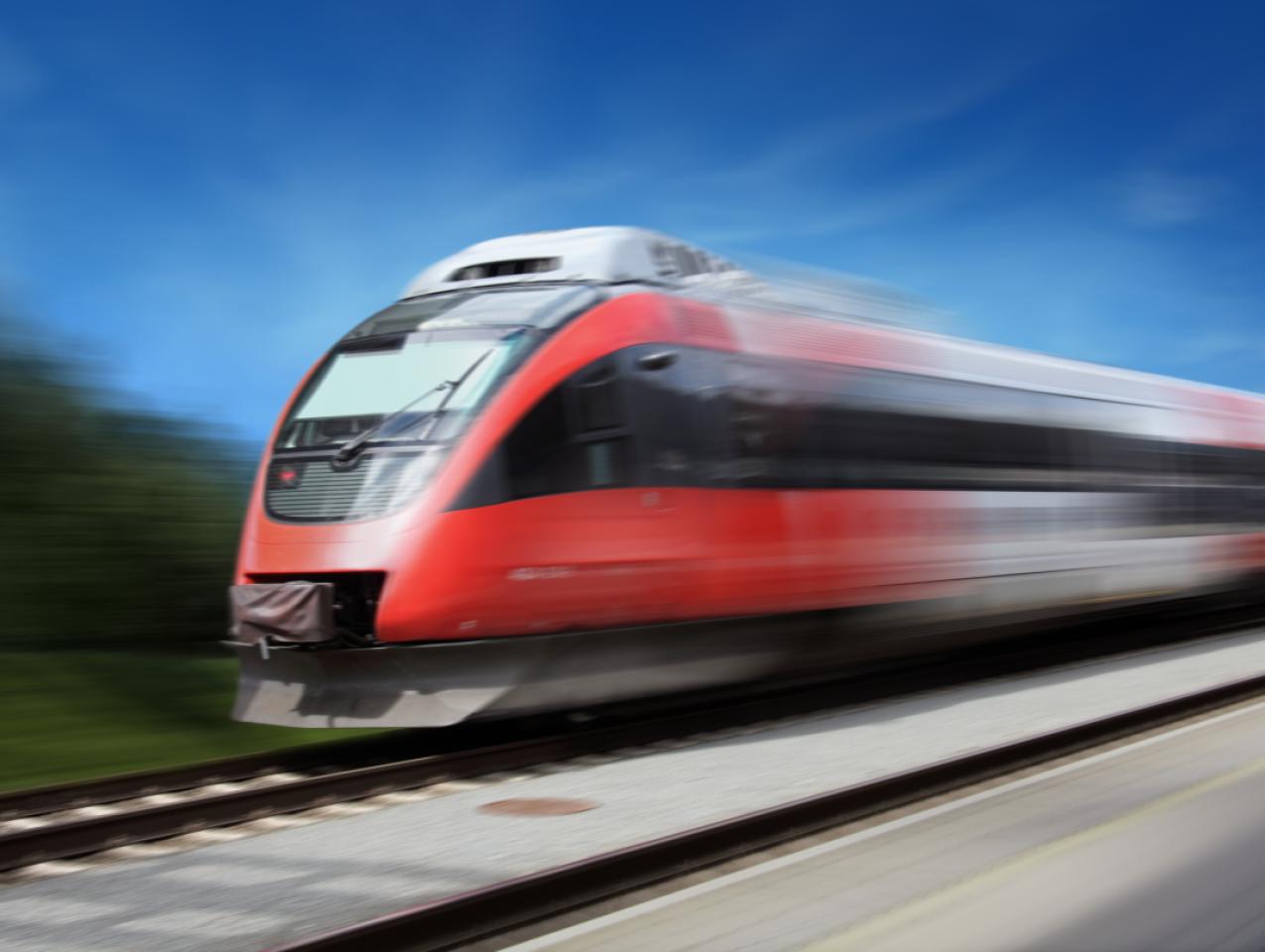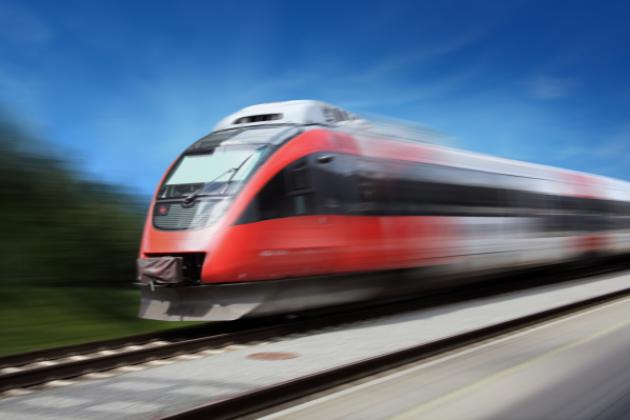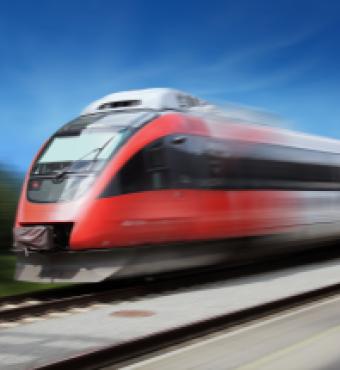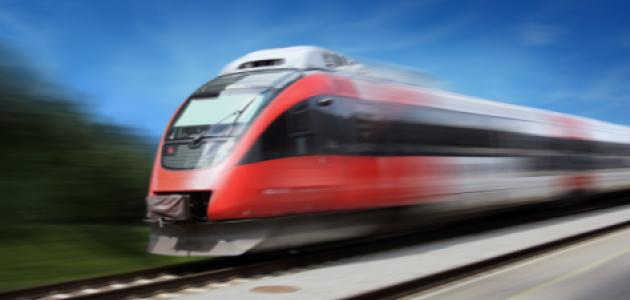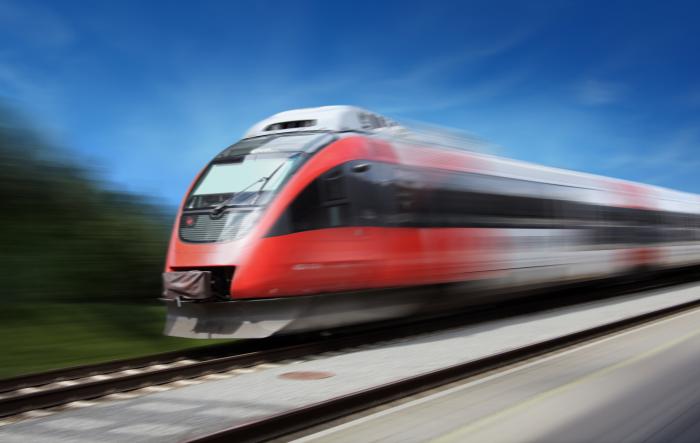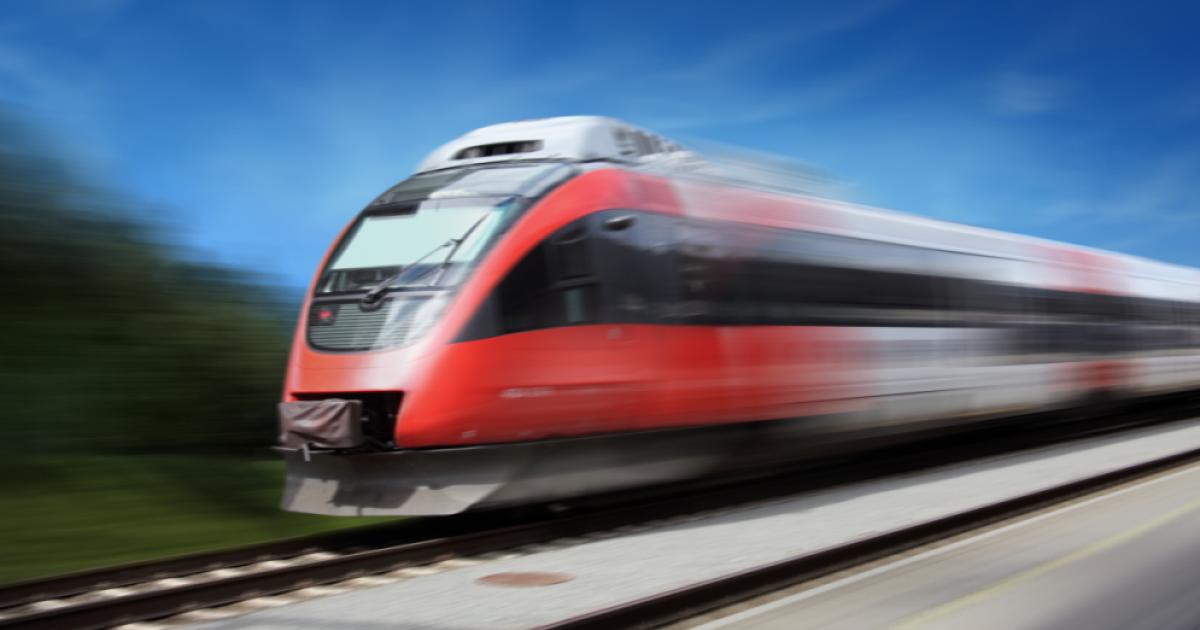Come the time California governor Gavin Newsom offers his annual thoughts (written or spoken) on the state of the Golden State, CalMatters columnist Dan Walters has a very smart suggestion: show a little humility.
Specifically, what concerns Walters is the nation-state’s financial standing—in addition to a monstrosity of a budget deficit, slower job growth than expected, and a 5.3 percent unemployment rate in February that was the highest among the nation’s fifty states (here’s a summary of what ails the Golden State economically, courtesy of California’s Employment Development Department).
Walters’ advice: “Whenever Newsom gets around to giving his appraisal of the state’s condition, he should curb his braggadocious tendencies and acknowledge that it faces what could be prolonged—even semi-permanent—economic sluggishness.”
Walters may be onto something here, although humility would be just one component of a more earnest message to California’s taxpayers. I’d throw in a gubernatorial mea culpa or too, for good measure.
So where to begin, if the idea is that Californians are owed an apology?
I’d go with the Golden State’s disastrous experiment in high-speed rail, which began sixteen years ago this fall with the electorate’s approval of a $9.95 billion general-obligation bond meant as a down payment on an 800-mile system connecting Los Angeles to San Francisco— the system’s outlook murky at best at present given financial restrictions.
(My runner-up choice for a little Sacramento humility: California’s new $20-an-hour minimum wage for fast-food workers, which went into effect earlier this week and so far has served up an unhappy meal of confusion over who’s entitled to higher wages.)
Newsom began the first of his two gubernatorial terms by confusing the world—and lawmakers gathered in the state Capitol to hear his first state of the state address—as to where he stood on high-speed rail. Given that California’s fortieth governor happened to be orating on the same day as Abraham Lincoln’s birthday, perhaps he subconsciously decided to act the part of an “honest” politician.
“Let’s be real,” the newly installed governor declared. “The current project, as planned, would cost too much and, respectfully, take too long.”
Newsom continued, “Right now, there simply isn’t a path to get from Sacramento to San Diego, let alone from San Francisco to LA. I wish there were. However, we do have the capacity to complete a high-speed rail link between Merced and Bakersfield.”
A thorough read of Newsom’s address shows that he wasn’t throwing the bullet train under the bus, as it were. “For those who want to walk away from the whole endeavor,” the governor warned, “I offer you this: abandoning high-speed rail entirely means we will have wasted billions of dollars with nothing but broken promises and lawsuits to show for it.”
What’s happened in the time since Newsom’s defense of the project? He’s feuded with lawmakers over the allocation of existing funds. And he did take a ride on a Chinese high-speed line during a trade mission to the other side of the Pacific Rim last fall. (“The globe seems to have figured it out; America hasn’t yet,” Newsom said in an interview. “You can travel anywhere and experience this, that’s the irony—Europe, Japan.”)
But when news broke last month that California needs at least another $100 billion to realize its high-speed dream (first promised at one-third that cost) and has only $28 billion on hand (which is still a few billion dollars shy of completing a more modest Central Valley axis connecting Bakersfield to Merced), the governor’s office maintained radio silence … although the Newsom “newsroom” was busy that day announcing $50 million in grants to boost California’s salmon population).
Newsom’s high-falutin’, high-speed mea culpa would be two-fold:
First, apologize for getting it wrong back in 2019: the 171-mile segment in the Central Valley that the governor said would be finished by 2030, at a price of $22.8 billion, will cost at least 50 percent more to complete and might be ready to roll sometime between 2030 and 2033, per the high-speed rail agency’s latest business plan.
Newsom’s second apology: not giving Californians the chance to pull the plug on the 500-mile plan back in his first term, which could have taken the form of a yes-or-no ballot referendum in 2022, plus perhaps a gubernatorial task force developing alternative visions of public transportation in California, such as upgrading local rail systems and developing public-private partnerships.
Don’t expect an apology from Newsom anytime soon—not when contrition would come at the risk of offending a political ally: the labor unions that benefit from the statewide construction project.
Similarly, just a month ago, San Franciscans didn’t receive an apology when their mayor delivered her annual State of the City Address. The speech was billed as Mayor London Breed’s “vision for San Francisco to be a safer and more welcoming city, a center of excellence and opportunity, and a city that drives the economy and future of the Bay Area and California.”
Here's where Breed should have apologized: in the passage of the address where she thanked voters for approving the city/county’s Proposition E that empowers local enforcement, she missed a chance to show a little contrition for, in the past years, freezing deputy sheriff and police hiring as well as redirecting $120 million from both the police and sheriff’s departments amid the “defund the police” movement (per the San Francisco Chronicle: “a gesture of reparations of city policymaking that have created or exacerbated deep inequities for San Francisco’s African American residents”).
Then again, the line of apologetic San Francisco mayors forms to the rear.
Breed is up for reelection this year. Her challenger, Daniel Lurie, a nonprofit executive and heir to the Levi Strauss & Co. fortune, enjoys the endorsement of former San Francisco mayor Frank Jordan, a former city police chief who served for one term some thirty years ago.
Lurie doesn’t owe San Francisco voters an apology (unless he wants to get into the family’s business and its controversial use of artificial intelligence-generated “body-inclusive avatars”). But Jordan, the former mayor, could express some regret—specifically, to those voters who endured the vision of him in the shower, along with two radio disc jockeys, as part of a reelection stunt nearly thirty years ago. (Making matters worse, Jordan was coaxed into singing Frank Sinatra’s “My Way.”)
Jordan would go on to lose that election to Willie Brown, the former state Assembly speaker who would serve two terms before giving way to Newsom (who owes San Francisco an apology for boasting to end the city’s homeless scourge with a 10-year-plan).
Brown was more than Newsom’s predecessor—politically, he was the future governor’s political enabler. Shortly before becoming the mayor in 1996, Brown appointed Newsom to the city’s Parking and Traffic Commission. A year later, he bumped Newsom to the city’s Board of Supervisors, thus setting up Newsom for a mayoral turn of his own in 2003.
So, if you’re upset with Newsom for his unwillingness to confront the failed promises of California high-speed rail, blame Brown for giving the future governor a boost up the political.
Or, you can blame the 52.26 percent of voting Californians who sent the rail project into motion by approving the Proposition 1A bond.
Better yet, blame the 52.17 percent of the voting public that approved 1990’s Proposition 140 and the implementation of legislative term limits. For without those term limits, Willie Brown—aka “the Ayatollah of the Assembly”—likely wouldn't have abandoned California’s state Capitol for San Francisco’s City Hall.
Mea culpa? Try: nostra culpa—multiple Californians, multiple times, over multiple decades.







